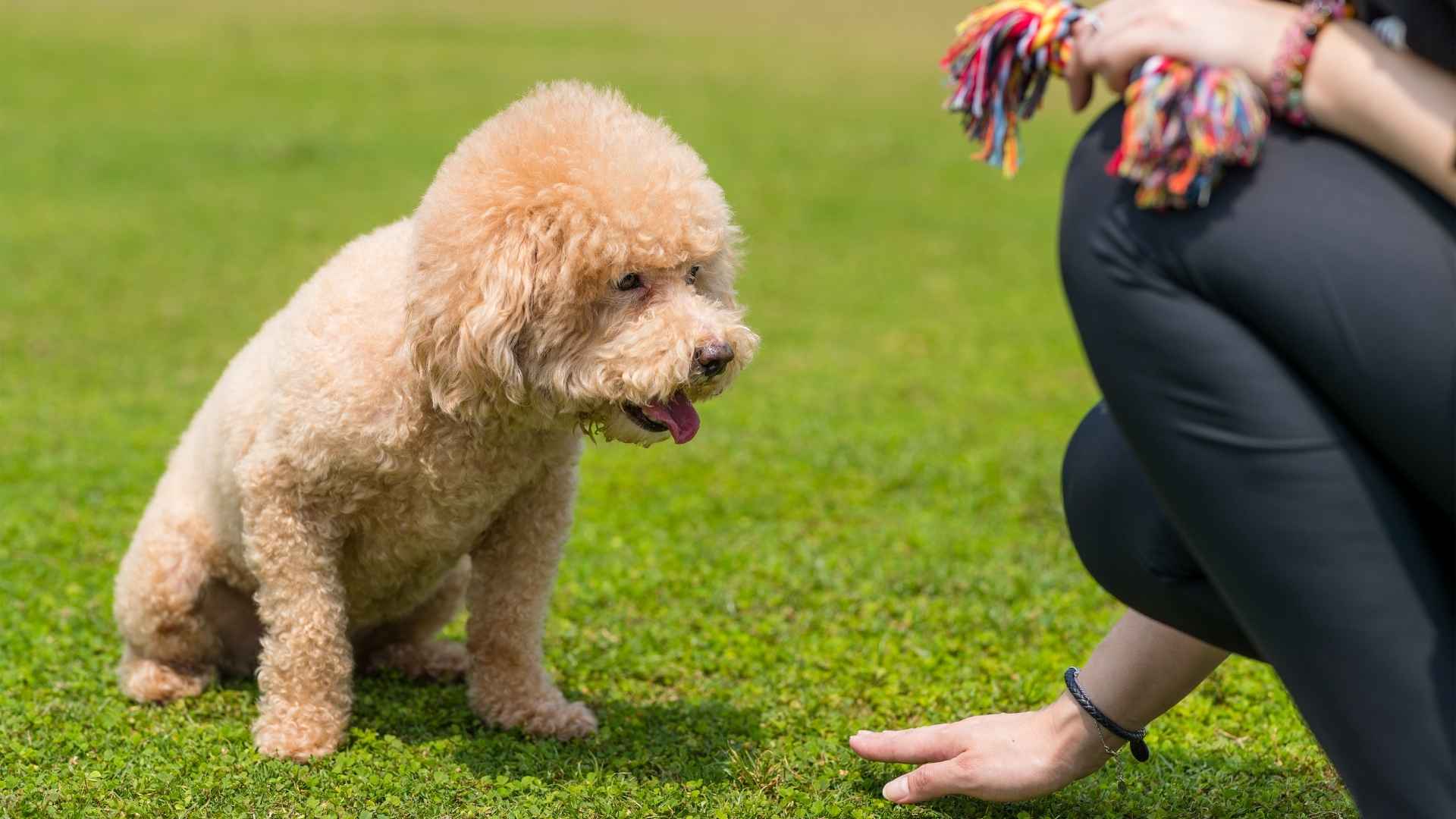When people describe a dog as “smart,” they’re often referring to how easily the dog can be trained. While intelligence plays a big role, trainability also depends on a breed’s history, personality, and how well they focus. Some dogs were bred to work closely with humans, making them more responsive to commands, while others were designed to think independently, which can present a fun challenge during training.
Small dog breeds, despite their size, can pack a lot of brainpower. Many are lively, alert, and eager to please—ideal qualities when looking for a quick learner. However, even the brightest pup needs the right motivation. Training success comes down to positive reinforcement, consistency, and finding a reward that excites your dog more than the distractions around them.
If you’re seeking a dog that’s both compact and clever, you’re in the right place. This article explores small dog breeds that excel in learning quickly, making them top choices for owners who want a responsive, intelligent companion.
Fastest Learning Small Dog Breeds
1. Shetland Sheepdog
Also known as the “Sheltie,” the Shetland Sheepdog hails from the remote Shetland Islands of Scotland, where it once helped crofters herd and guard miniature livestock. According to the AKC, the Shetland Sheepdog is a highly intelligent, fast, and obedient dog.
Despite its modest size—standing 13–16 inches tall and weighing 14–16 pounds—these loyal dogs are a sturdy, agile breed with remarkable intelligence and herding instincts.
A member of the Herding Group, it boasts a luxurious double coat that may be black, sable, or blue merle, often accented with white or tan markings. Distinct features include almond-shaped eyes, forward-tipped ears, and a long, flowing tail.
Ideal Owner
These herding dogs are incredibly loyal and thrive in calm, consistent households. They are best suited to individuals or families with older or gentle children, and they get along well with other pets.
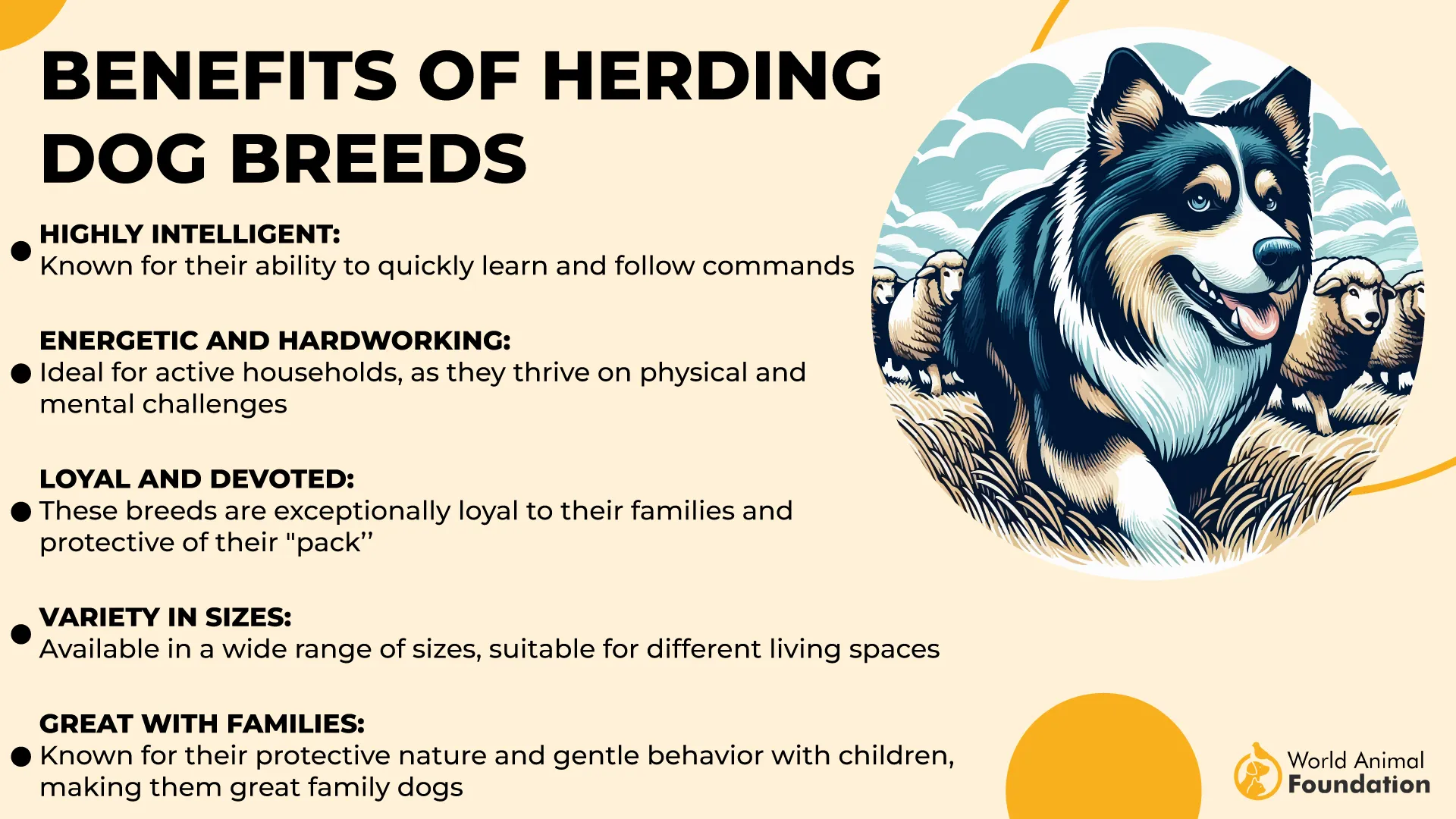
Because of their sensitivity to loud noises and tense environments, they do best with patient owners who provide structure and affection. Their strong bond with their humans makes them exceptional learners and eager participants in training sessions.
Fun Fact: Historically, Shelties were sometimes left alone on remote islands with flocks of sheep, fending for themselves until they were retrieved, proving their resilience and independence.
2. Cocker Spaniel
The Cocker Spaniel, both American and English varieties, was prized for flushing woodcocks and retrieving game. PetMD explains that American Cocker Spaniels were originally bred as hunting dogs. As the smallest of the sporting group, the American Cocker Spaniel typically stands 14 to 15 inches tall and weighs between 22 to 29 pounds.
Known for its long, luxurious coat, expressive eyes, and cheerful disposition, this breed remains one of the most beloved companions.
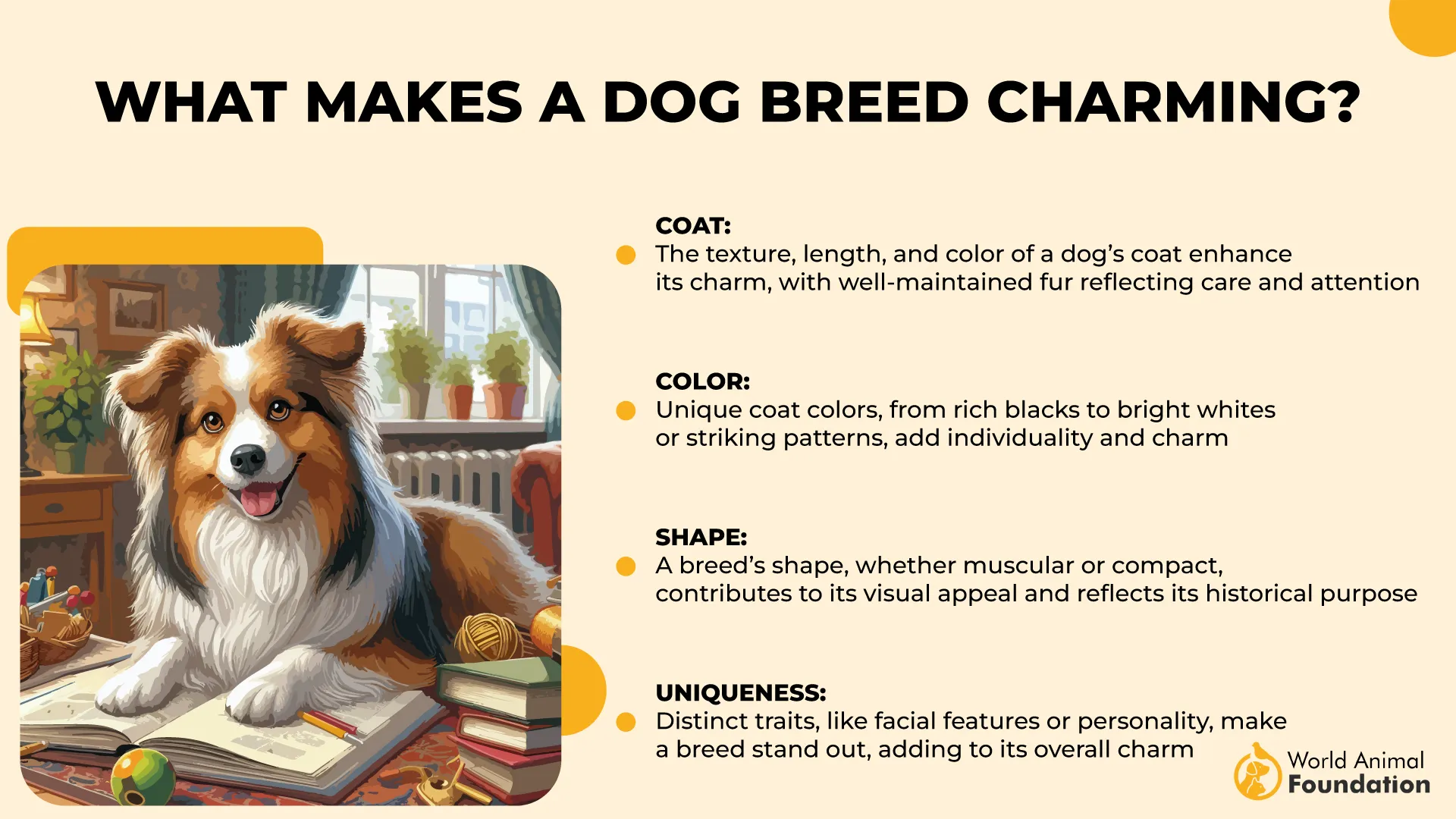
Its compact yet sturdy frame, paired with a merry attitude, makes it both an agile learner and an affectionate household member. With a life expectancy of 10 to 14 years, the Cocker Spaniel offers enduring companionship.
Ideal Owner
Cocker Spaniels thrive with attentive, engaged owners who enjoy spending time training and interacting with their pets. Their sociable and adaptable nature suits busy households or active singles.
They do well with families that have older children, as their energy can sometimes be overwhelming for toddlers. An ideal owner is patient, consistent in training, and provides regular mental stimulation to keep this intelligent breed content.
Fun Fact: The name “Cocker” comes from the breed’s original job—flushing woodcocks, a type of game bird, from the brush during hunts.
3. Toy Poodle
The Toy Poodle, the smallest variety of the Poodle family, is cherished not only for its dainty stature but also for its astonishing intellect. Originally bred in France, this breed typically stands under 11 inches tall and weighs around 6 to 9 pounds.
Though tiny in size, Toy Poodles boast a proud carriage, dark, expressive eyes, and a dense, curly coat that comes in a wide array of colors like apricot, black, silver, and cream. They belong to the Toy Group and live around 12–15 years.
WebMD states that Poodles are an eager, curly-haired breed known for their enthusiasm and distinctive coat. Their hypoallergenic coat is a bonus for allergy-prone owners, though it requires consistent grooming to prevent matting.
Ideal Owner
Toy Poodles are perfect for individuals or families who enjoy an interactive and mentally stimulating pet. Because they’re among the fastest-learning breeds, they thrive in homes where training, games, or even dog sports are part of their routine.
Seniors and first-time dog owners will appreciate their manageable size and eager-to-please attitude, while experienced pet parents can engage their sharp minds with advanced tricks and activities.
Did you know? Toy Poodles are ranked as the second most intelligent dog breed, capable of learning new commands with astonishing speed, often in fewer than five repetitions.
4. Cavalier King Charles Spaniel
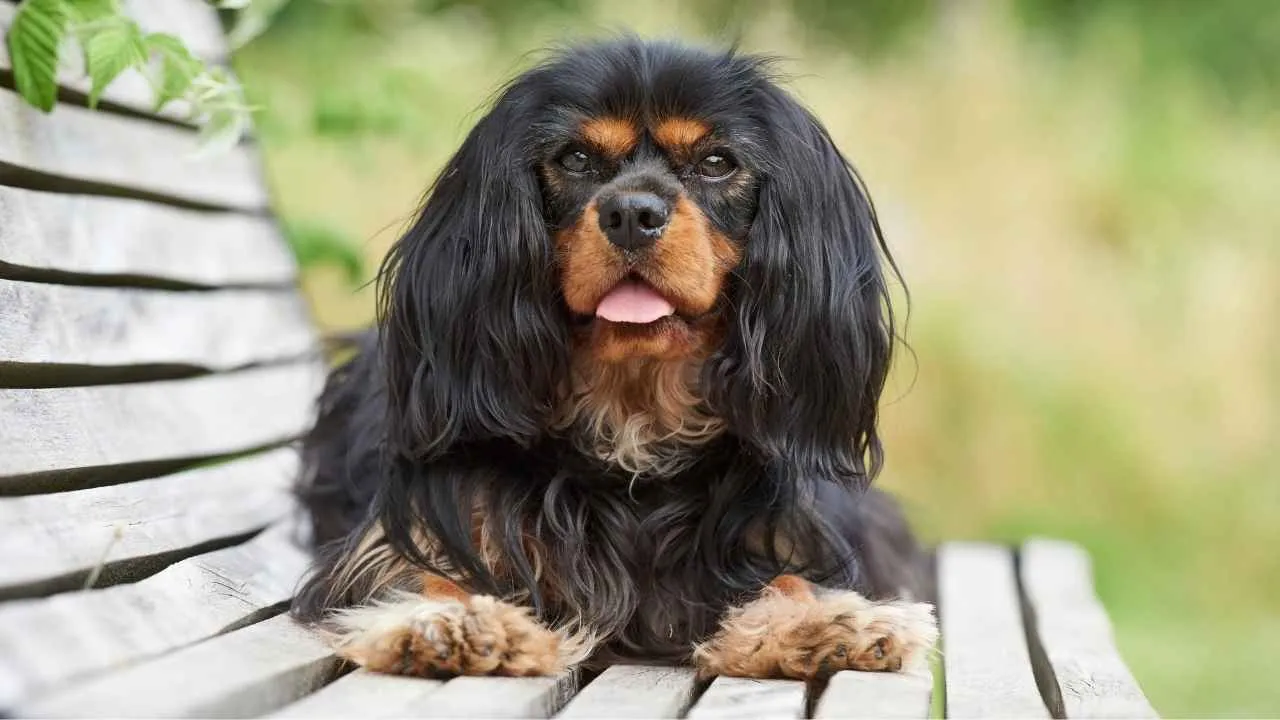
The Cavalier King Charles Spaniel, often affectionately known as the Cavalier or Cavie, traces its roots to early 20th-century England, where breeders aimed to restore the look of the original King Charles Spaniels from the 1600s.
Belonging to the Toy group, these small, elegant dogs stand 12–13 inches tall and weigh between 13–18 pounds. They have a silky, feathered coat that comes in several colors, including Blenheim, tricolor, ruby, and black and tan. With large, soulful eyes and a sweet expression, Cavaliers are cherished for both their looks and their temperament. They typically live 12–15 years.
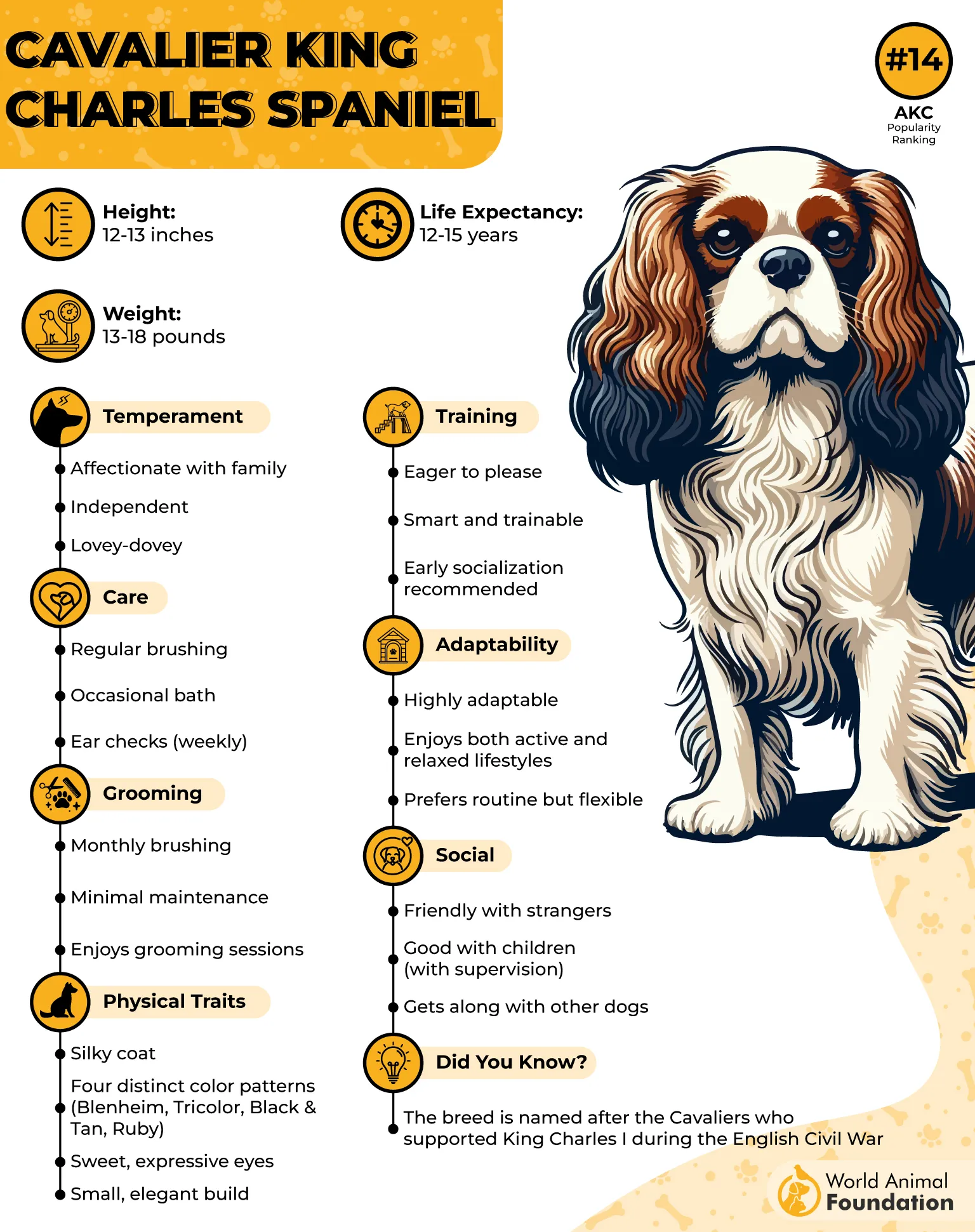
Ideal Owner
Cavaliers thrive in homes where companionship is plentiful. Ideal owners are gentle and affectionate, whether first-time dog parents or seasoned pet lovers.
Their eagerness to please, intelligence, and food motivation make them quick learners, especially when trained with positive reinforcement. They bond closely with their humans and do best in households where they won’t be left alone for long periods.
Fun fact: U.S. President Ronald Reagan gave his wife, Nancy, a Cavalier named Rex in 1985, who later helped turn on the White House Christmas lights.
5. Miniature Schnauzer
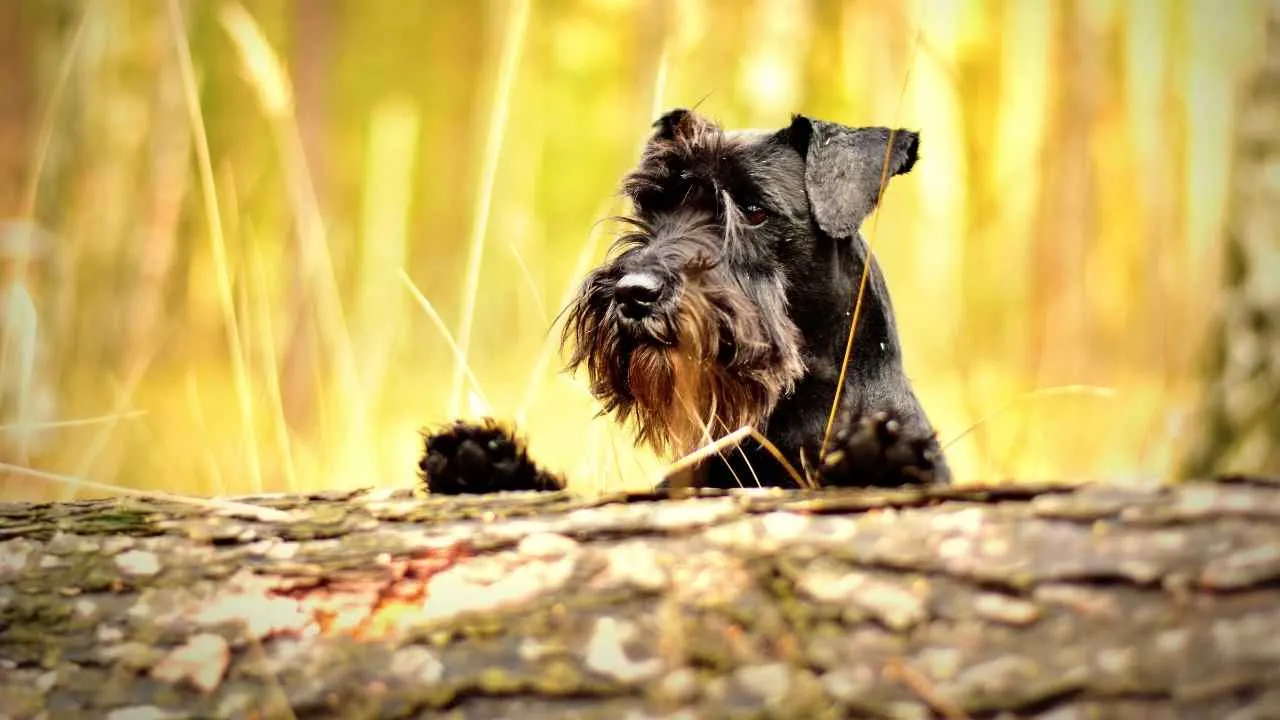
With roots in 19th-century Germany, the Miniature Schnauzer is the smallest of the Schnauzer trio, originally bred by crossing Standard Schnauzers with smaller breeds like the Affenpinscher and Poodle. These spirited little terriers were farm dogs first, excelling at pest control.
Today, they’re admired for their intelligence, agility, and distinct appearance. Standing about 12 to 14 inches tall and weighing between 13 and 15 pounds, they carry a robust, square build that defies their compact frame.
Their double coat, typically salt and pepper, black, or black and silver, is wiry and low-shedding, perfect for allergy-sensitive homes. Lifespans range from 12 to 15 years.
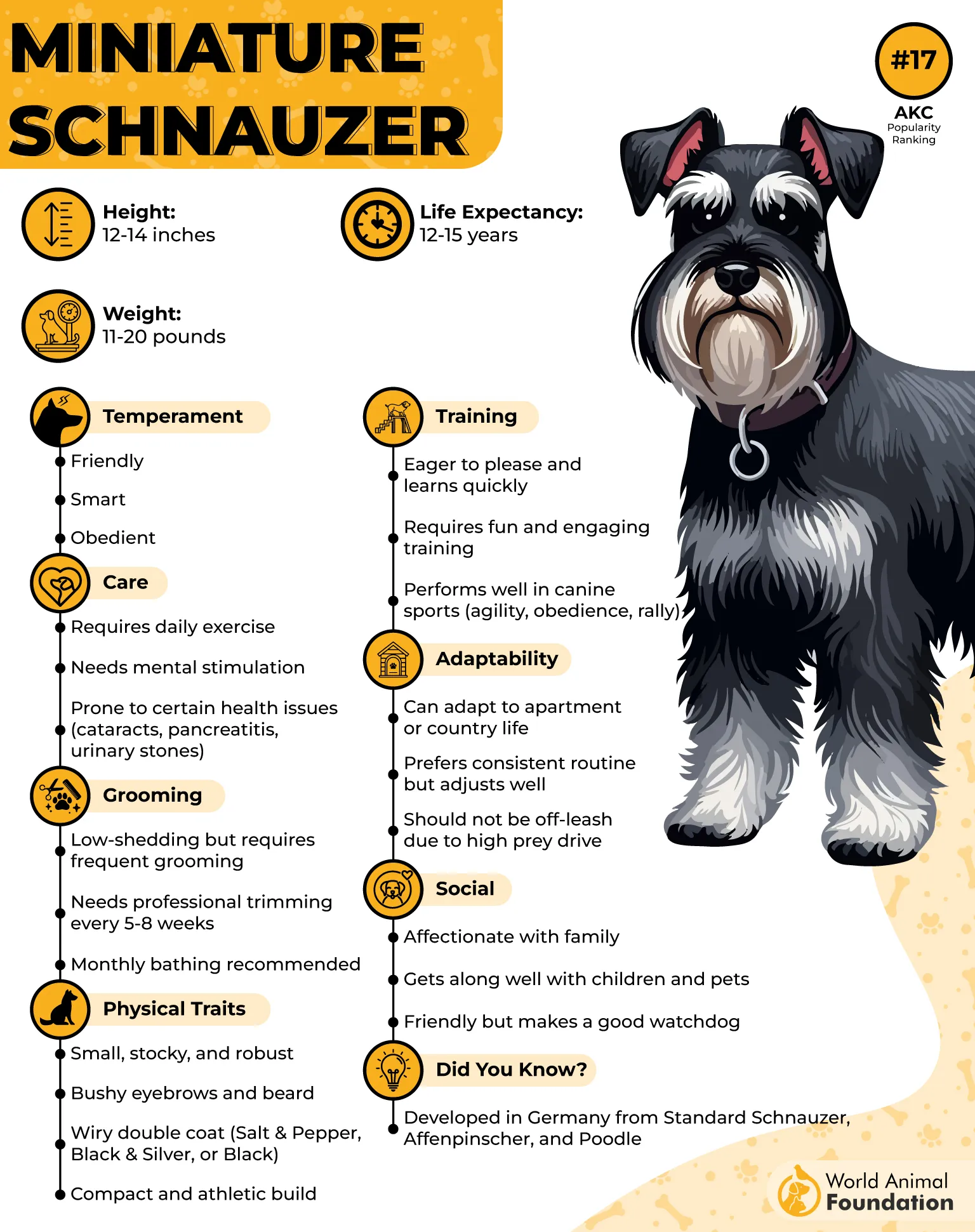
Ideal Owner
Miniature Schnauzers thrive with individuals or families who offer consistent mental stimulation and gentle leadership. They respond to be a highly trainable breed and love participating in games, obedience, and even agility training.
These fast learners do best with owners who appreciate a loyal, spirited companion and are willing to nurture their sharp minds. Active seniors, couples, and families alike will find their watchdog instincts, affectionate nature, and adaptability to small spaces especially appealing.
Did you know? The breed name “Schnauzer” comes from the German word for “muzzle,” a nod to their iconic bristled beard and mustache.
6. Havanese
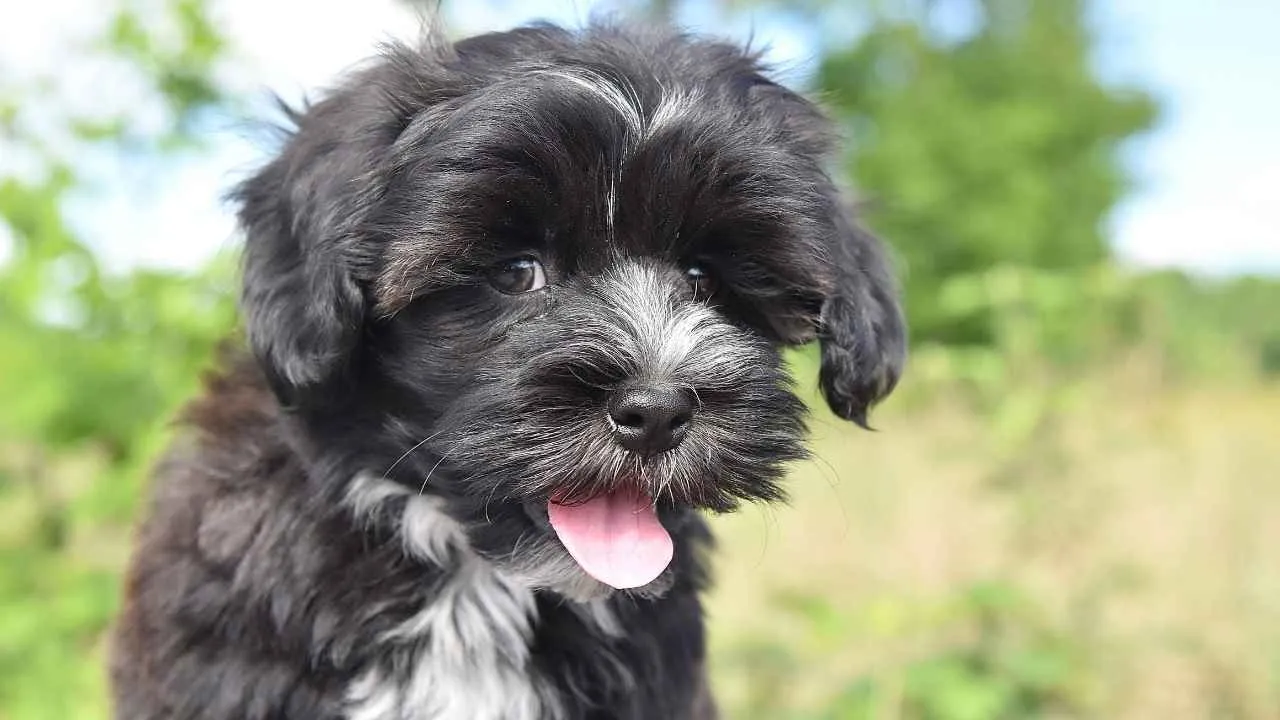
The Havanese, affectionately known as the “Velcro dog,” is a cheerful and intelligent companion originally bred in Cuba as a lapdog for aristocrats. This toy breed stands between 8.5 and 11.5 inches tall and weighs 7 to 13 pounds.
With a soft, wavy double coat that comes in over 25 color combinations—including chocolate, cream, fawn, black, and silver brindle—the Havanese boasts elegance in a small, sturdy frame.
Their expressive almond-shaped eyes and plumed tail curled over their back only add to their charm. They typically live 14 to 16 years, offering long-term companionship for those ready to commit.
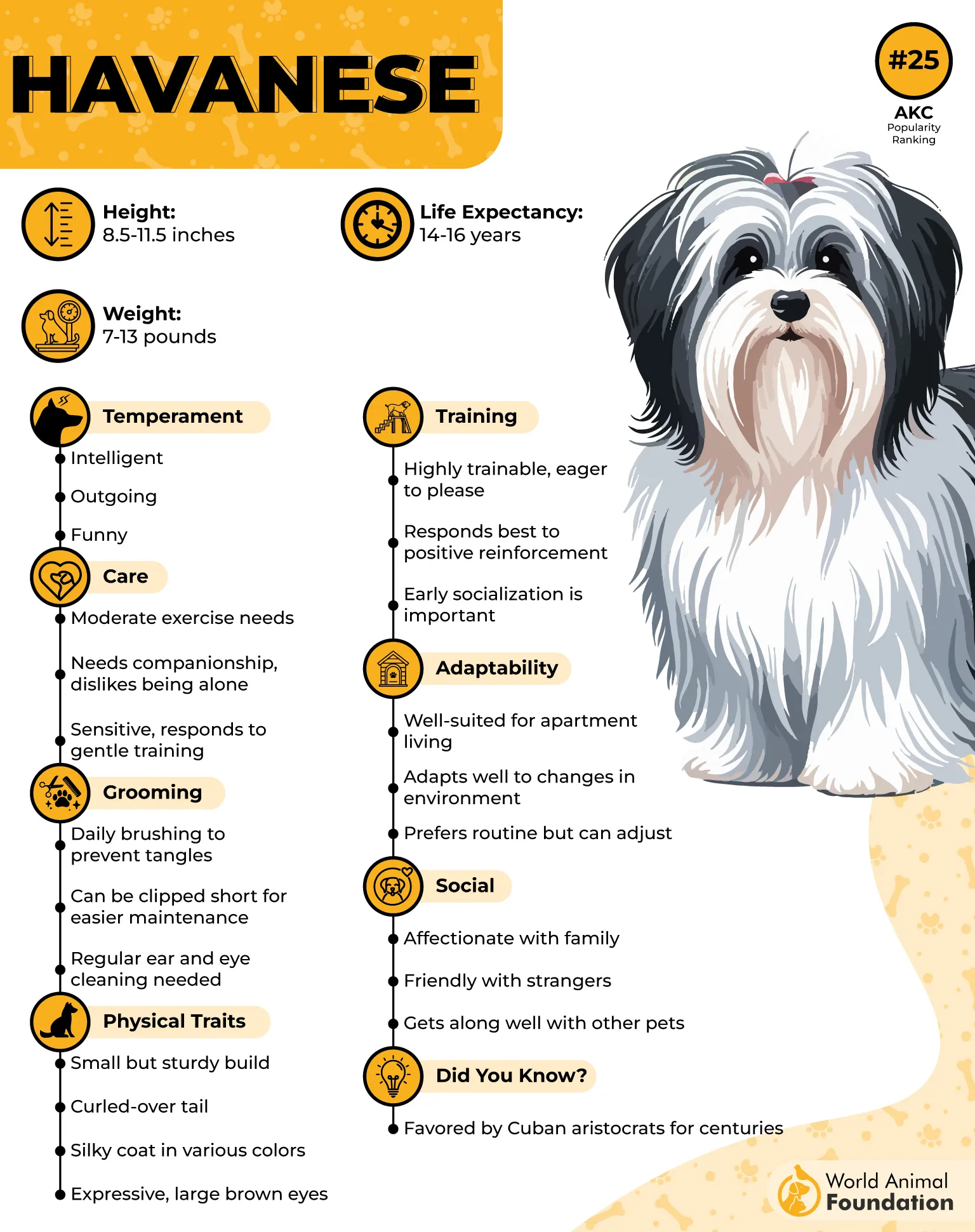
Ideal Owner
Thanks to their affectionate, playful nature and quick-learning capabilities, Havanese are ideal for first-time pet owners, retirees, and families with gentle children. Their sociable disposition means they crave human interaction and adapt well to various environments, including apartments.
However, they thrive best with owners who can provide regular engagement and consistent dog training. Havanese love learning new tricks, responding enthusiastically to praise, treats, and games. Their adaptable and trainable personality also makes them suitable candidates for therapy or companion roles.
Fun Fact: The Havanese is the only dog breed native to Cuba and was adored by the Cuban aristocracy before charming dog lovers around the world.
7. Papillon
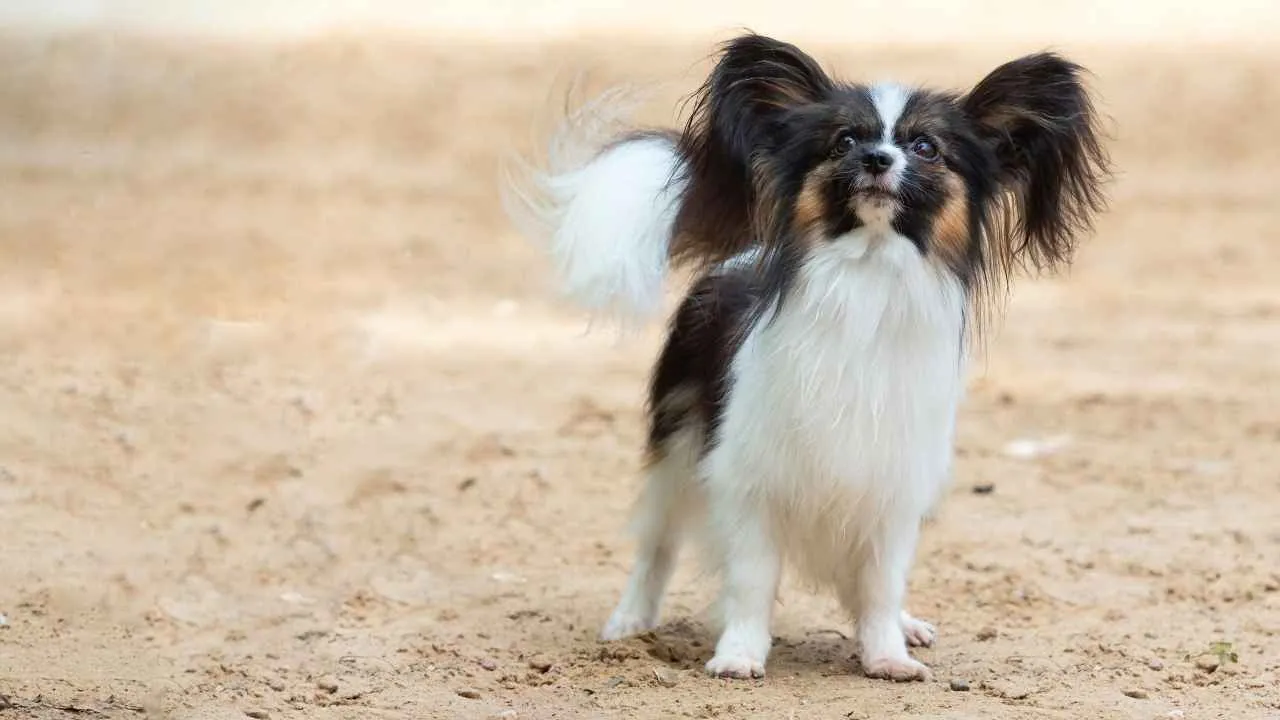
The Papillon, also known as the Continental Toy Spaniel or Epagneul Nain, is a centuries-old breed hailing from France, adored by European aristocracy and immortalized in classic artwork. Recognizable by its distinctive butterfly-like ears and dainty build, the Papillon stands 8–11 inches tall and weighs between 4 to 10 pounds.
With a life expectancy of 13–16 years, this toy breed blends elegance and liveliness. Although delicate in size, it boasts remarkable agility, sharp instincts, and a quick grasp of commands—traits rooted in its original role as both a lap companion and ratter.
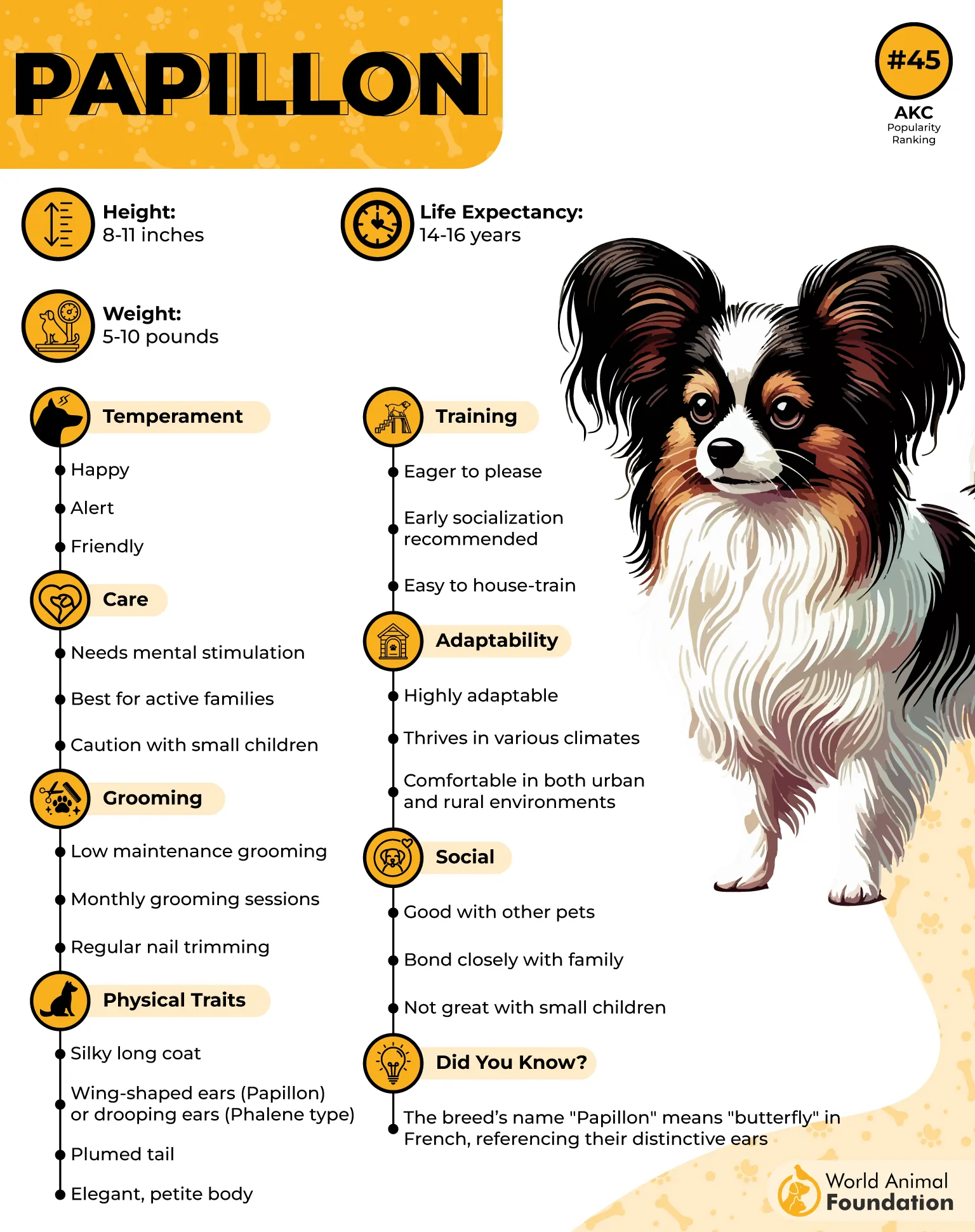
Ideal Owner
Papillons thrive with owners who can keep up with their mental energy. Their intelligence and trainability shine when guided with consistent, positive reinforcement techniques.
They become great family dogs. Ideal for active older adults, child-free homes, or families with older, responsible children, Papillons enjoy close companionship and being part of daily activities.
They adapt well to apartments but require daily exercise and stimulation to curb boredom and anxiety. Their sociable nature and alertness make them excellent, engaging pets for those who cherish both activity and affection.
Did you know? This breed was famously favored by Marie-Antoinette and appears in classic paintings by masters like Titian, Goya, and Rembrandt.
Conclusion
Choosing from the fastest learning small dog breeds means welcoming a companion that not only brings joy but also responds quickly to training. These bright pups thrive when mentally stimulated and often excel in various dog sports such as agility, rally, and obedience. Breeds like the Papillon and others mentioned demonstrate how intelligence, paired with enthusiasm, can create an ideal household pet. Their sharp minds and quick adaptability make them perfect for both new and experienced owners looking for a trainable companion.
While smaller dogs lead this list, it’s worth noting that other intelligent breeds like the German Shepherd Dog, Labrador Retriever, and Golden Retriever are renowned for their responsiveness and working abilities, even if they don’t fall under the “small” category. Terrier breeds, including the Toy Fox Terrier, also shine with their cleverness and high energy. Even the Pembroke Welsh Corgi, though often medium in size, shares many breed characteristics with the smartest dogs, especially when it comes to learning speed and being an energetic breed.


